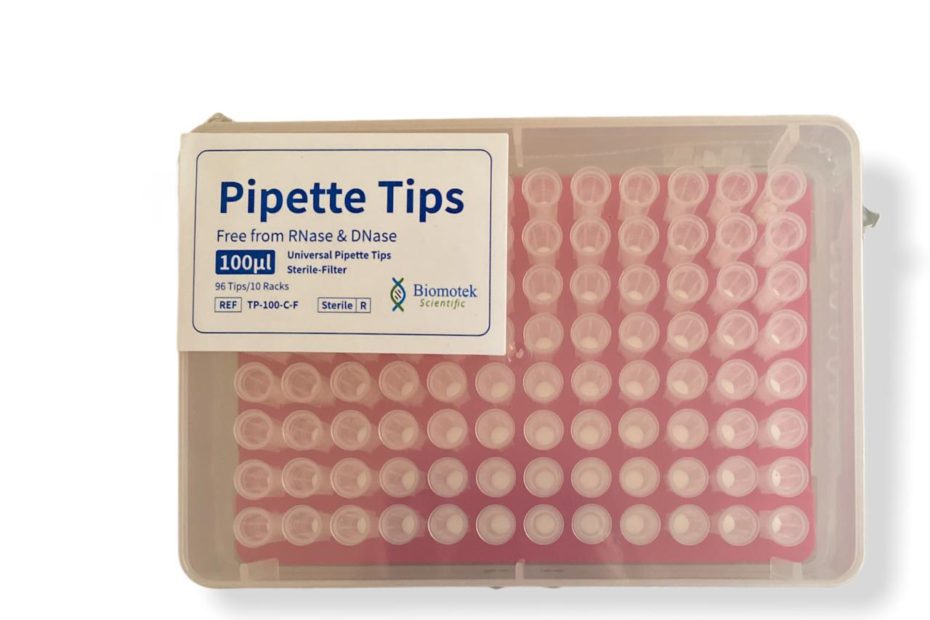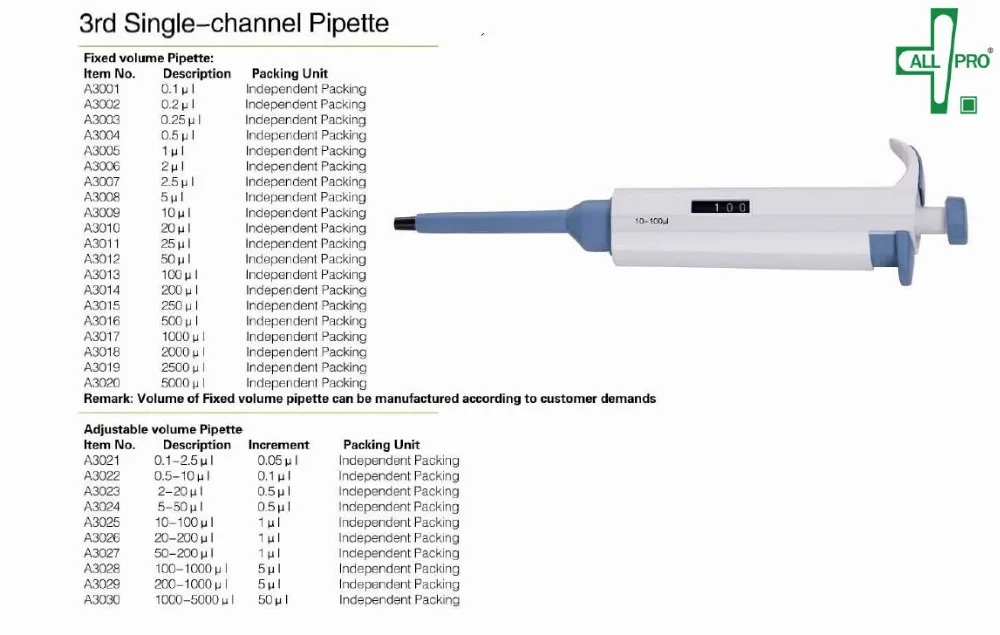
(Right) Voltage threshold changes of the first AP in both neuronal types before and after application of 100 nM α-DTx. Delay in SST neruons is the duration of the depolarizing ramp before the first AP.

(C, Left) Averaged delay of the first AP in both neuronal types before and after application of 100 nM α-DTx.

The duration of the depolarizating ramp before the first AP was not affected. (Right) The same neuron after application of 100 nM α-DTx. (B, Left) V m responses of a SST neuron to 10-pA (threshold current) and 200-pA step current injections.

The threshold current decreased to 100 pA, and the delay of the first AP (indicated by the gray bar) was diminished. (A, Left) V m responses of a PV neuron to 250-pA (threshold current) and 400-pA step current injections. Note: To calculate total percentage uncertainty the percentage uncertainty of each piece of equipment is added together.Figure S1: Blocking K V1 does not change the threshold of APs evoked by brief and strong stimulation. If the percentage difference is greater than the percentage difference, then the difference in values obtained are not due to the equipment used and may be due to other errors.If the percentage difference is less than the percentage uncertainty, then the difference in values obtained are due to the equipment used.We do this by finding the percentage difference between the real value and the calculated value. If a 25\text_r is 125 when the actual value is 150.īy comparing the percentage uncertainty and the percentage difference between the actual and recorded values, we can find out more about the reason why values obtained in an experiment may be different to real values. Account for the volume of the sampleused in the titrations.Find the ratioof moles between the the two solutions.Work out the number of molesof the solution used to neutralise using the concentration equation.
Generally, titrations can be calculated using the following steps.


 0 kommentar(er)
0 kommentar(er)
